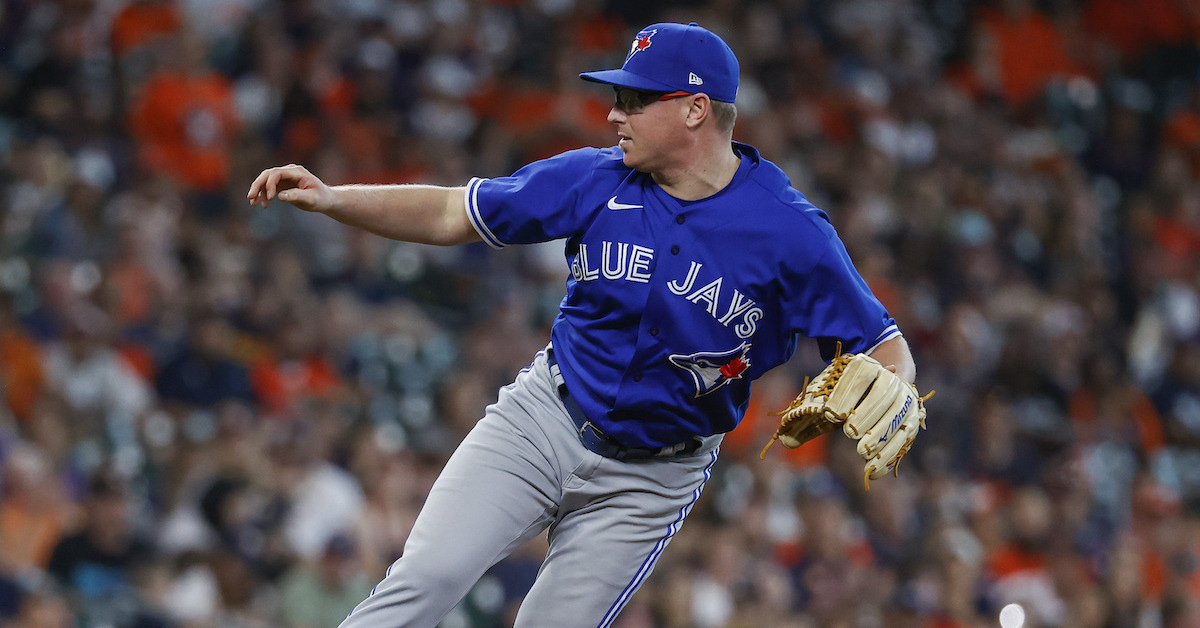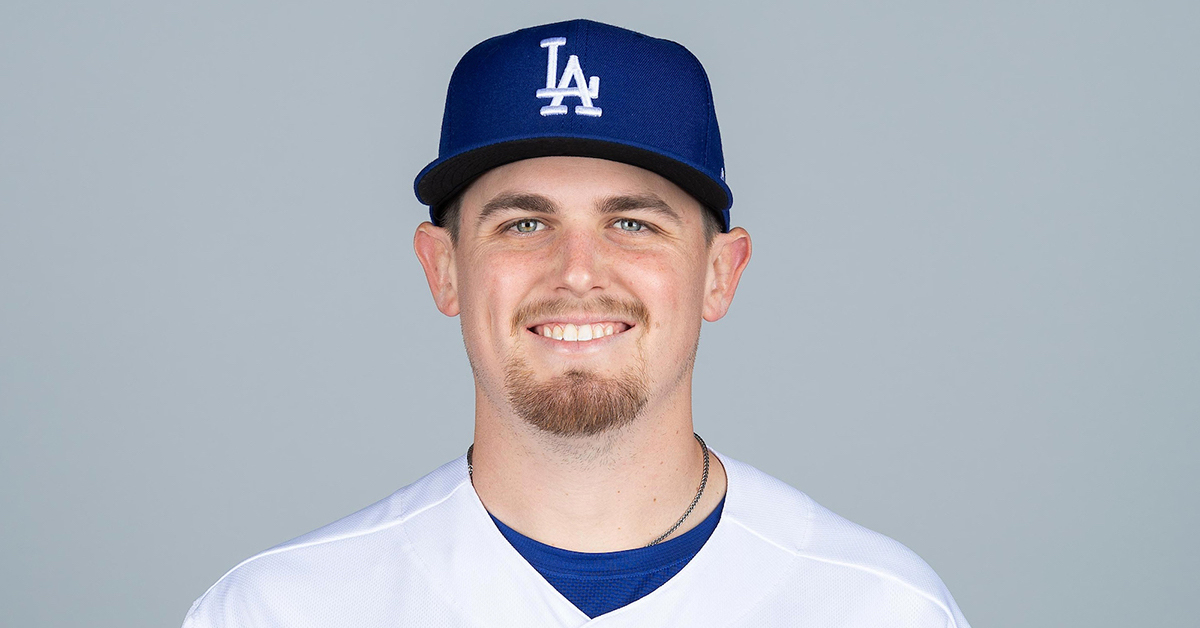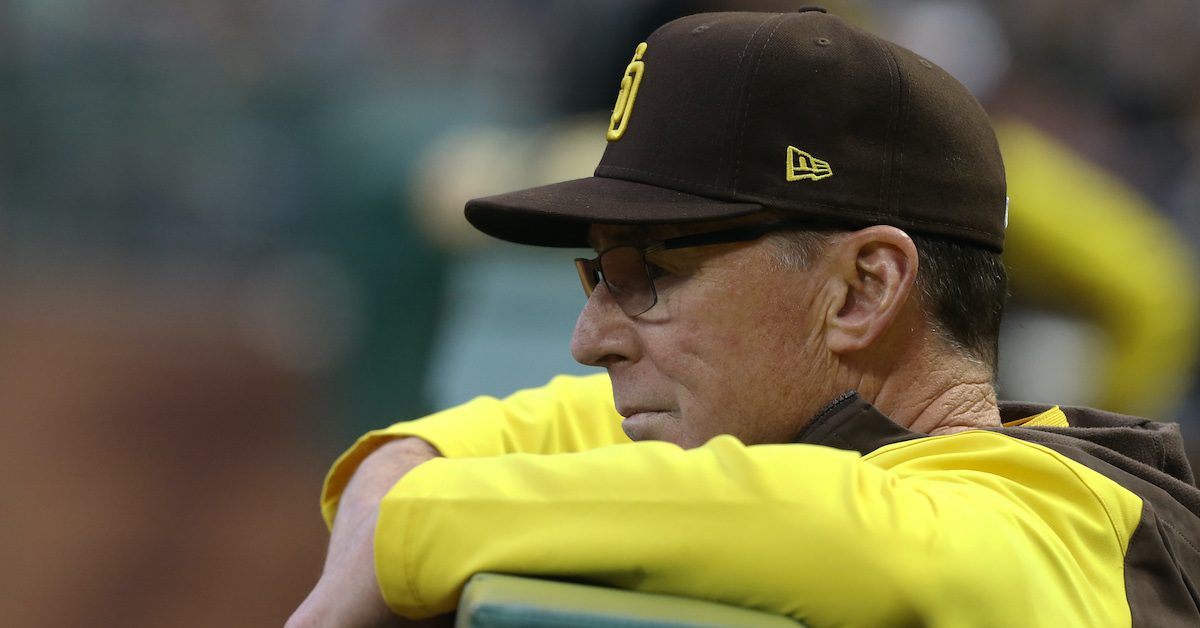Toronto’s Trent Thornton and Minnesota’s Josh Winder Have Distinctly Different Sliders

The Learning and Developing a Pitch series is back for another season, and once again, we’re hearing from pitchers on a notable weapon in their arsenal. Today’s installment features a pair of right-handers — Toronto’s Trent Thornton and Minnesota’s Josh Winder — on their distinctly different sliders.
———
Trent Thornton, Toronto Blues Jays
“Last year, I struggled with putting away righties. My slider wasn’t playing very well. I feel like curveballs are normally better to lefties anyways, so I started tinkering with a new slider grip that [Blue Jays pitching strategist] David Howell showed me. I started throwing that halfway through spring training, saw some pretty promising results, and took it straight into this season. I feel pretty confident with that pitch, being able to throw it in the zone, or out of the zone.
“It’s kind of an interesting grip for a slider. Normally, when guys are throwing a slider they want to think fastball as long as possible and kind of get that short, late action. But with this one, I’m almost thinking, ‘Completely on the side of the ball.’ In my mind, I’m trying to up-shoot it almost. I want to go straight across. It’s weird, because when I throw it, my wrist is literally like this; it’s kind of sideways. Basically, I’m thinking about bringing the back of my hands straight at the hitter. Read the rest of this entry »







